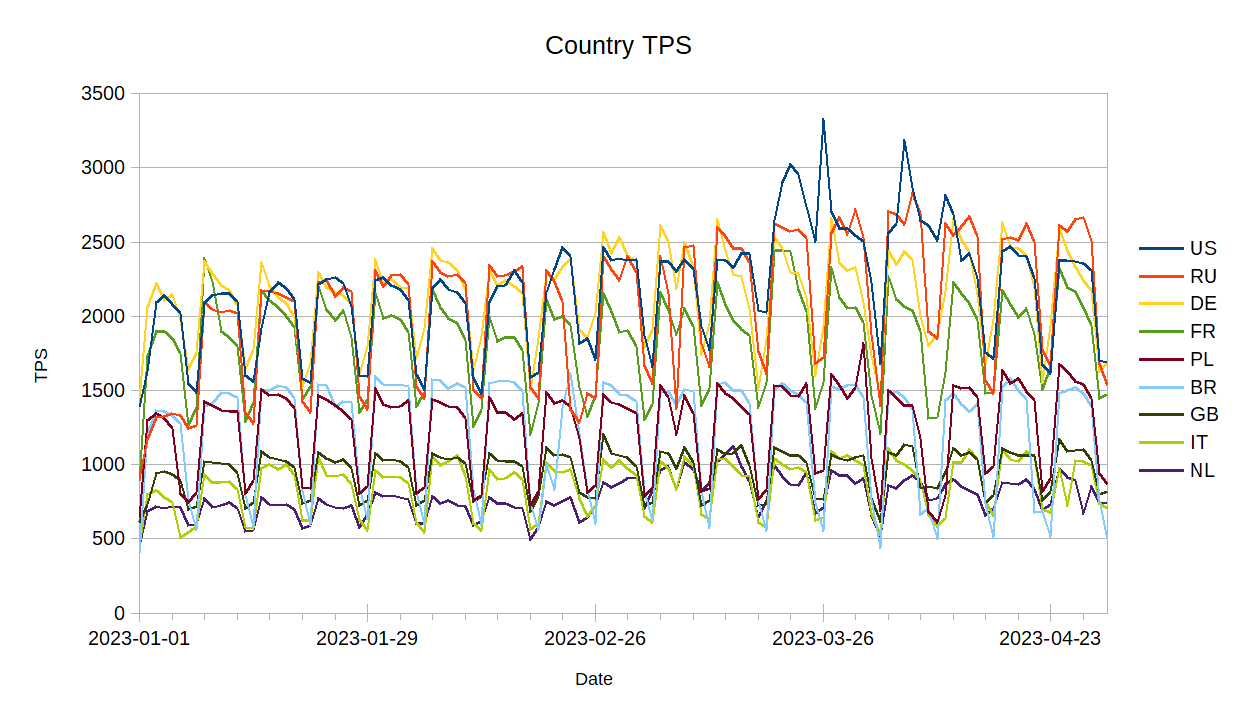Styles for vector tiles are typically written in the MapLibre GL style language. These definitions exist in JSON, which, for various reasons, is not a good language for humans to write in. Software called Charites preprocessed my Street Spirit style to improve readability. This helped a great deal and removed the two largest pain points: no comments and only one file.
Charites’ main features are:1
- letting you write in YAML instead of JSON,
- importing other YAML files into the main one,
- and the use of simple variables to allow common style constants to be set once.
I made use of the first two features, but I still found myself limited by them. I still faced issues where the project’s structure revolved around the styling language rather than what makes sense to a cartographer.
A good example of this was road layers. With Charites I had to have separate files for each layer, so I had separate files for each of the thirteen layers. With glug I was able to have one file for the twelve layers that drew the casings and fill, and one file for the road text layer. This kept related definitions in the same place, which makes everything more readable.
Expressions are essential for writing performant MapLibre GL styles. A simple expression example is filtering to only show labels of larger areas. A filter property such the one below does this.
{"filter":
[">=",
["get","way_area"],
['*', 750, 6126430366.1, ['^', 0.25, ["zoom"]]]
]}
This JSON doesn’t allow comments, so you have to hope it’s obvious from the text what is happening.[2]
Charites lets this be reformulated to YAML
filter:
- '>='
- [get, way_area]
- ['*', 750, 6126430366.1, ['^', 0.25, [zoom]]] # Only show areas larger than 750 pixels at current zoom
It’s a bit better, but the comment shows a limitation of the language. Filtering by area is a very common task. It shouldn’t require a comment to explain the basic math. With glug this instead becomes

